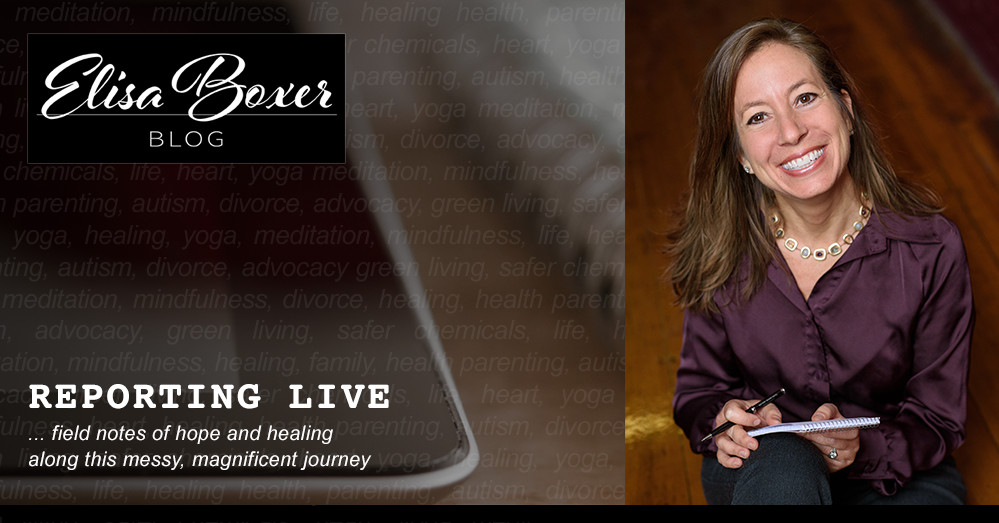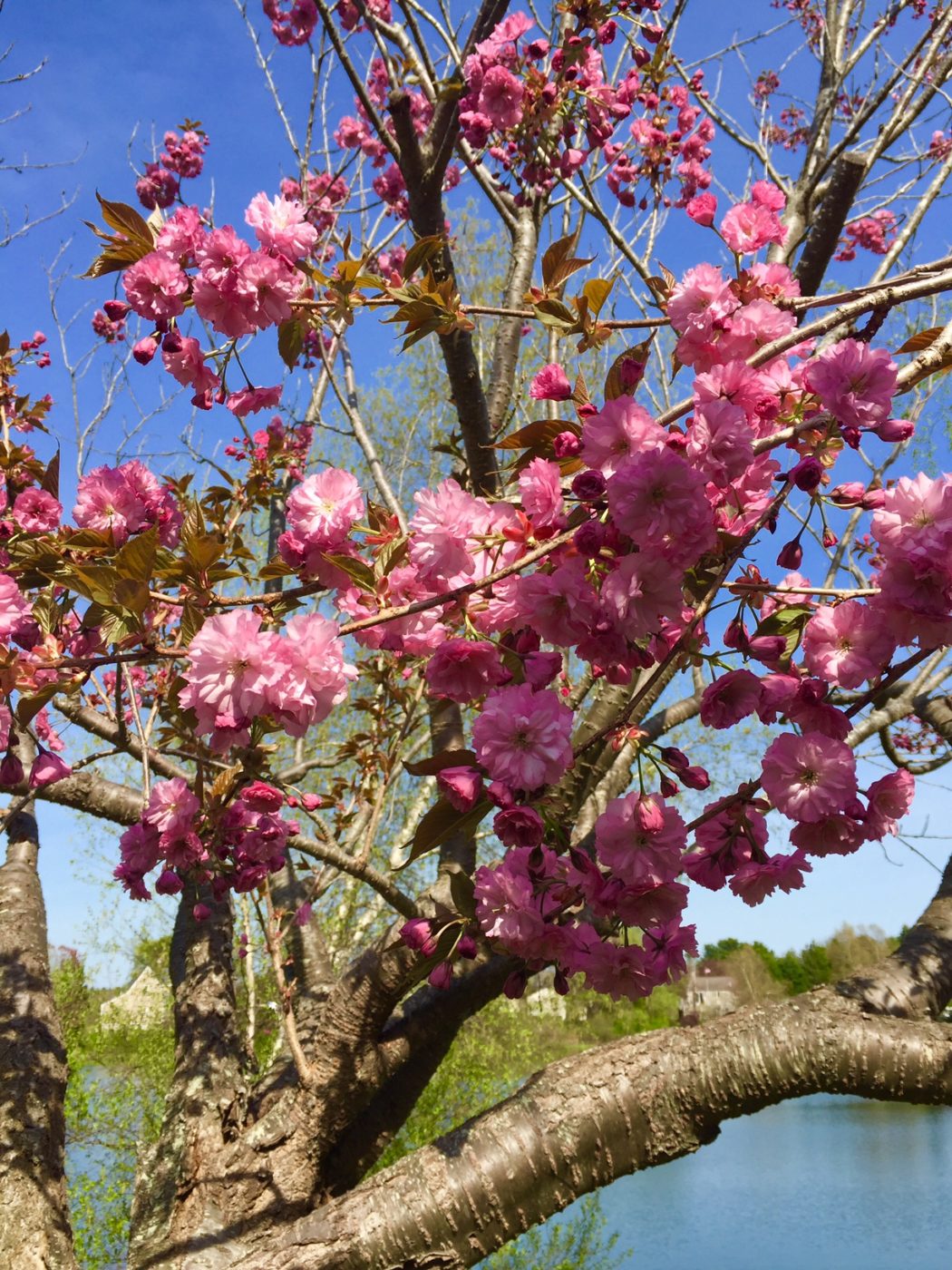This post originally appeared on inc.com
I have a crabapple tree that used to be dead.
Five years ago, en route to divorce, my son and I moved into our new home, and that tree welcomed us with an all-over eruption of pink that promised: You will bloom here too.
The next couple of years, it barely blossomed. Last year, a few spindly branched sprouted small leaves. This year, nothing.
I consulted tree experts:
“Fertilize the heck out of it.”
“Prune it down to zilch and see if it comes back.”
“Might be nice to pick out something new for that spot.”
And then came a chance chat with the greenhouse manager at my local garden store. He was patiently delivering my yearly reminder that perennials are the flowers that come up again (despite the fact that “annual” to me implies repeated and yearly) when I told him about my probably-dead tree.
“Compost,” he said. “Clear a swath around the base of the trunk and spread a thick layer of compost.”
I’m all for going the natural route, but I was pretty sure this situation called for something stronger than food scraps and cow poop. Chemical fertilizer, he explained, could overburden the soil with foreign nutrients, putting too much pressure on the tree to grow.
“Trees don’t like stress any more than people like stress,” he said.
But compost, he explained, would enhance the soil and optimize its fertility, creating a beneficial environment to support the tree’s natural healing process. I had this image in my head of that team-building exercise from fifth-grade P.E. where you interlock your fingers with palms facing up and make a foothold for your partner to step up and over the wall.
Compost: “I’ve got you so you can get this.”
As opposed to flinging said partner over the wall.
Clearly there are cases where the proverbial fertilizer is helpful and even necessary. But I decided to try the here’s-a-hand route first.
There’s a lot of pressure to bloom these days.
Everyone promises a prescription for finding your purpose. I personally have an inbox full of starred webinars waiting to be watched and a stack of self-development books waiting to be read.
Our news feeds are full of motivational memes aimed at maximizing performance and potential. We worry about missing the masterclass.
So much focus on fixing. On fertilizing. On: Here’s how to grow.
But what about: How did you come here to grow?
This question is on my mind as I research a story about neurodiversity in the workplace–companies capitalizing on the unique strengths of employees whose brains operate differently.
My son has high-functioning autism, and there’s a smorgasbord of services for these individuals who make up a growing portion of our population: cognitive behavioral training for social communication, occupational therapy for sensory processing challenges, speech pathology for reading social cues. But I can’t help but notice how many of these families feel like they are, as my son’s teacher pointed out, “always up on the lift getting repairs.”
Sometimes I find myself wanting to forgo the focus on fixing and simply interlock my fingers and let him know I’m there for whatever boost he needs over whatever wall he chooses.
How did you come here to grow?
As landscape architects of our lives, we get to decide the balance of fertilizer to compost. The outside world heaps on a heck of a lot of fertilizer. So here’s what I want to be for the people I care about: A safe swath around the roots, supporting them to thrive in all the ways they naturally need.
I know I personally and professionally stand taller whenever someone honors my spirit without force-feeding their judgment or their will on what I should do or who I should be.
Or how I should grow. Because in a supportive environment, safe space is held for whatever wants to emerge. And what emerges organically is true purpose.
Believe me, it’s hard to hold back when we know what’s best for others. But guess what happens when we step back and ask: How did you come here to grow?
Limbs that you thought were dead sprout new buds, which sprout new branches, which sprout new leaves that reach up and grow toward the sun. Puffs of pink that you haven’t seen in five years begin bursting and blooming from the dark spaces that no one ever expected to be anything but brown.
With a supportive swath around its base, nourished at the roots, life unfolds.
How did you come here to grow?

